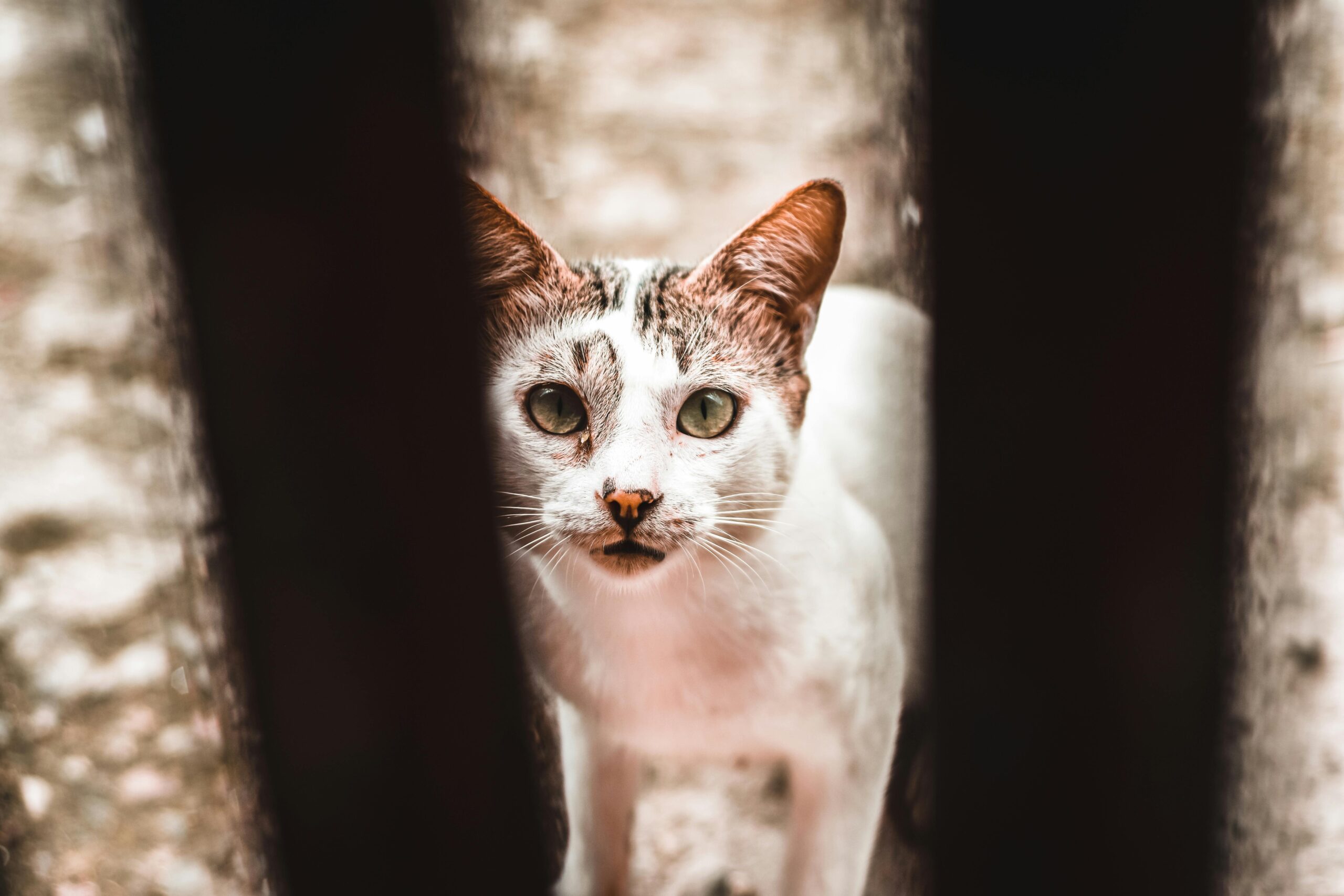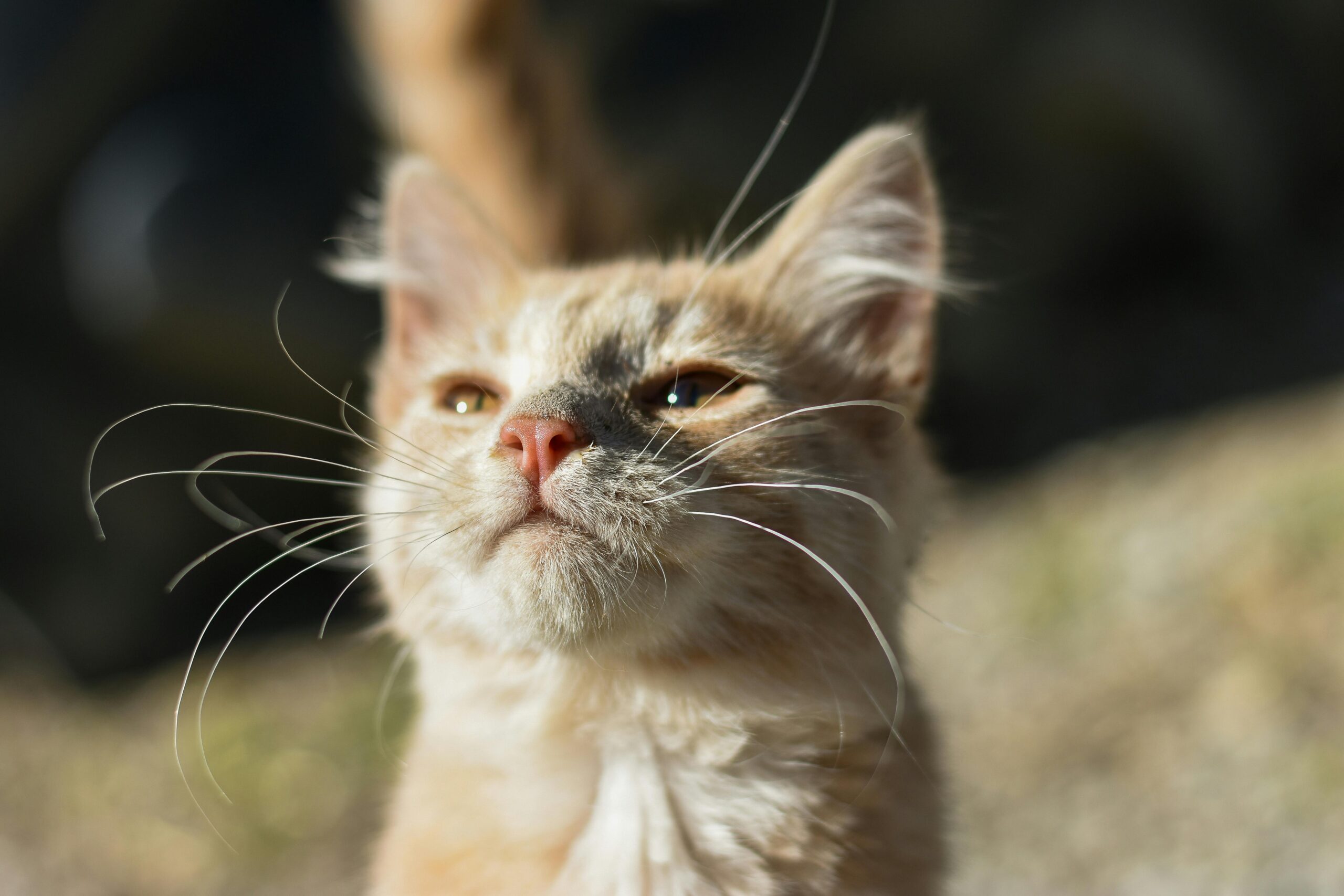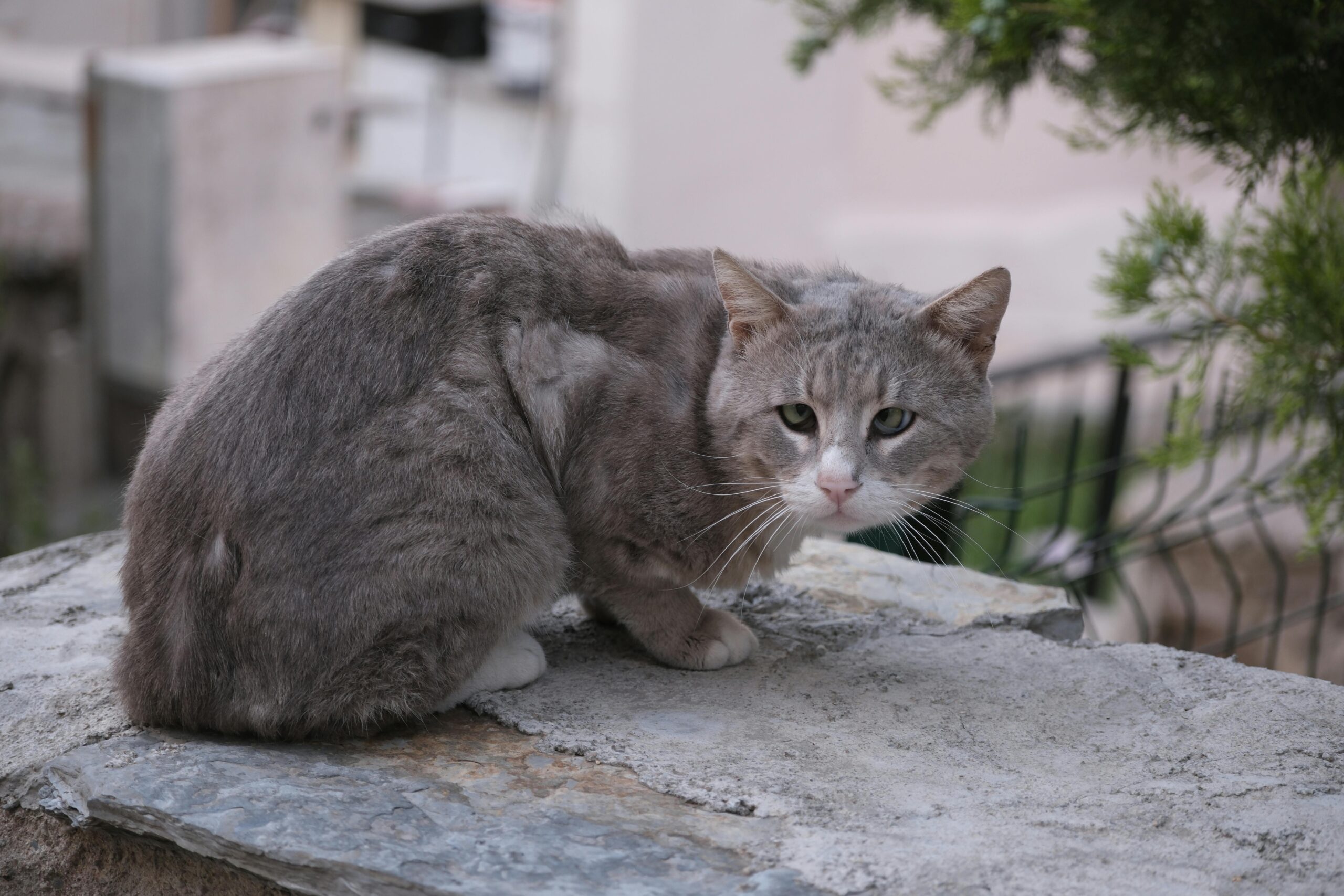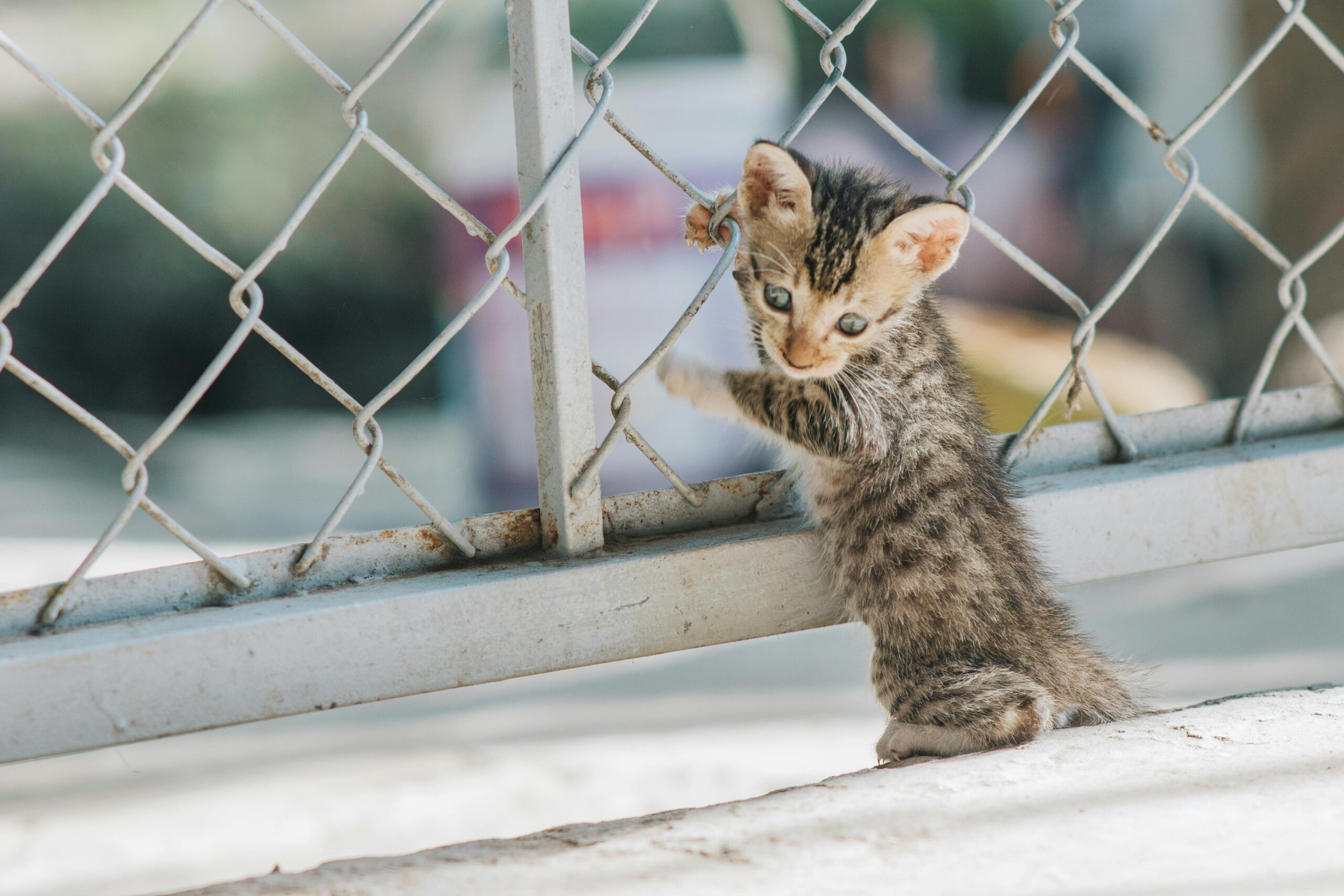Introduction:
Urinary tract issues are common and potentially serious health problems in cats. These conditions can cause discomfort, pain, and in severe cases, life-threatening complications. In this article, we’ll explore the various urinary tract issues cats face, how to recognize them, and most importantly, how to prevent them.
Types of Urinary Tract Issues in Cats:
- Urinary Tract Infections (UTIs):
- Caused by bacteria in the bladder or urethra
- More common in older cats and females
- Bladder Stones:
- Mineral formations in the bladder
- Can obstruct urine flow if large enough
- Feline Lower Urinary Tract Disease (FLUTD):
- A complex of symptoms rather than a specific disease
- Can include inflammation of the bladder (cystitis)
- May be caused by stress, diet, or other factors
- Urethral Obstruction:
- A potentially life-threatening condition where the urethra becomes blocked
- More common in male cats due to their narrower urethra
Recognizing the Signs:
- Frequent attempts to urinate
- Straining in the litter box
- Crying out while urinating
- Blood in the urine
- Urinating outside the litter box
- Excessive licking of the genital area
- Lethargy or loss of appetite (in severe cases)
How to Check for Urinary Issues:
- Monitor litter box habits closely
- Check for unusual stains or spots around the house
- Observe your cat’s behavior during urination
- Feel your cat’s lower abdomen for signs of pain or swelling
- Look for changes in urine color or smell

Prevention Strategies:
- Proper Hydration:
- Provide fresh, clean water daily
- Consider a cat water fountain to encourage drinking
- Add water to dry food or switch to wet food
- Appropriate Diet:
- Feed a balanced, high-quality diet
- Consider special urinary health formulas if recommended by your vet
- Avoid sudden diet changes
- Regular Litter Box Cleaning:
- Scoop litter boxes daily
- Perform a deep clean weekly
- Provide enough litter boxes (one per cat, plus one extra)
- Stress Reduction:
- Maintain a consistent routine
- Provide environmental enrichment (scratching posts, toys, perches)
- Use pheromone diffusers to create a calming environment
- Minimize major household changes when possible
- Weight Management:
- Maintain a healthy weight through proper diet and exercise
- Obesity can increase the risk of urinary issues
- Regular Veterinary Check-ups:
- Annual health exams can catch issues early
- Consider more frequent check-ups for older cats or those with a history of urinary problems
- Increase Exercise:
- Encourage play and activity to help maintain overall health
When to Seek Veterinary Care:
Contact your veterinarian immediately if you notice:
- Straining to urinate with little or no output
- Frequent trips to the litter box with minimal results
- Blood in the urine
- Crying out in pain while urinating
- Complete inability to urinate (emergency situation)
Treatment Options:
Your veterinarian may recommend:
- Antibiotics for bacterial infections
- Special diets to dissolve certain types of bladder stones
- Pain medications or anti-inflammatories
- Increased fluid intake or fluid therapy
- Surgery in severe cases or for large bladder stones
Long-term Management:
For cats prone to urinary issues:
- Regular monitoring of urine pH (your vet can show you how)
- Consistent follow-up with your veterinarian
- Maintaining the prevention strategies listed above
Conclusion:
Urinary tract issues can be painful and distressing for cats, but with proper prevention and early intervention, many problems can be avoided or managed effectively. By understanding the signs and implementing these preventive measures, you can help ensure your feline friend maintains good urinary health. Remember, when in doubt, always consult with your veterinarian for personalized advice and care.
This comprehensive guide provides cat owners with valuable information on recognizing, preventing, and managing urinary tract issues in their feline companions. Regular veterinary care and attentiveness to your cat’s behavior and litter box habits are key to maintaining urinary health.










